Matt Soria
matt.m.soria@gmail.com
F I R E B E L L Y

Why?
What?
How?
Why?
- Anyone can do it.
- Fun & exciting.
- Flexible & open-minded.
- Pays the bills.
Who does it benefit?
EVERYBODY.
What?
A website is a collection of documents stored on a server that can be accessed on the internet via a unique address (its location).
A website only requires a single HTML document, but is typically comprised of documents written in other languages and technologies as well (CSS, JavaScript, PHP, Ruby, etc.)
How?
HTML = HyperText Markup Language
+
CSS = Cascading StyleSheet
HTML = Content/structure
CSS = Style
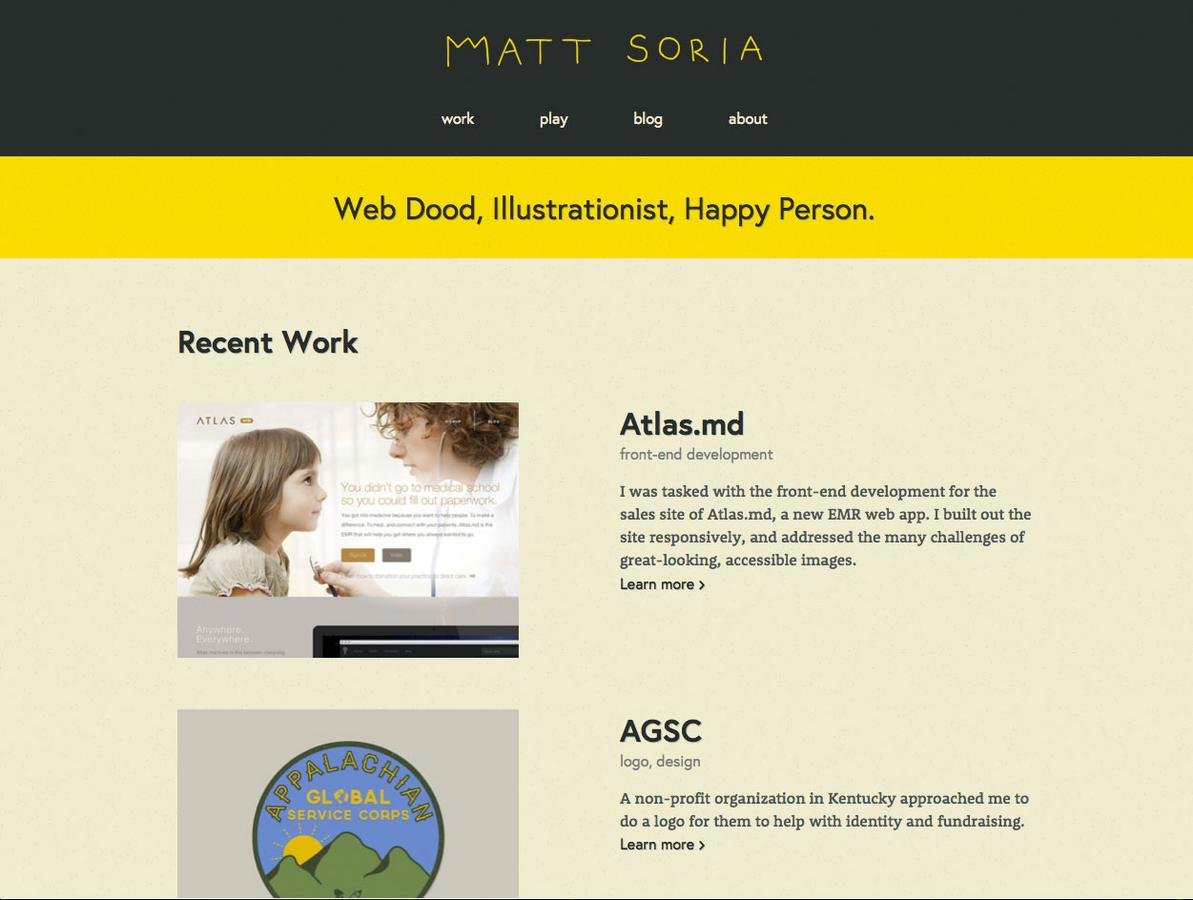
HTML - CSS = BORING
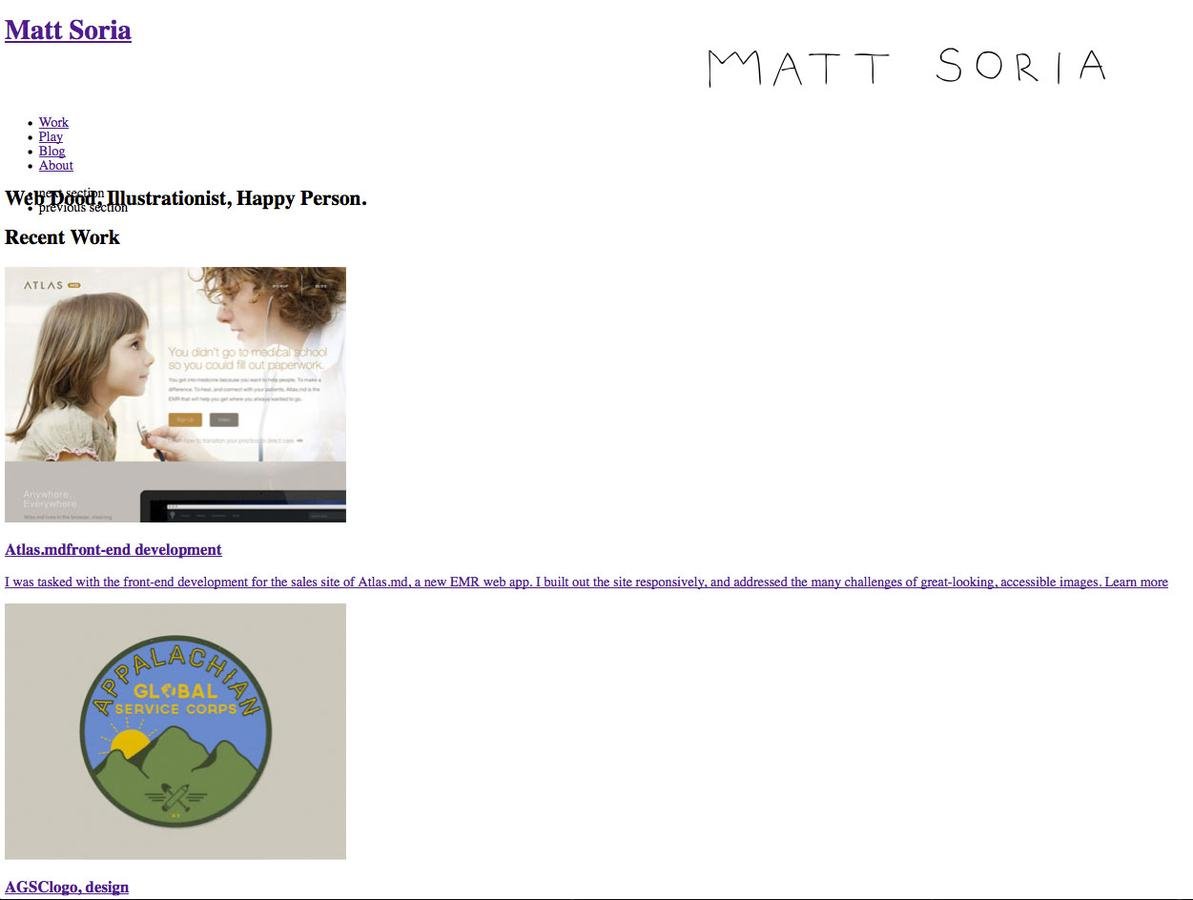
CSS - HTML = NOTHING
HTML BASICS
made up of elements (or tags)
that are the name of the element enclosed in angle brackets:
<img>most of which have opening AND closing tags:
<h1>I am a header!</h1>
<p>I am a paragraph!</p>
Element Structure

Common Attributes
<p class="example">Class</p>
<p id="example">ID</p>
<a href="http://example.com">href</a>
Basic HTML Structure

Common Elements:
<h1>The main Heading element</h1>
<h2>A second-level Heading</h2>
<h3>A third-level Heading</h3><div> A div is a generic block-level element used to contain other elements. </div><p>The paragraph element.</p><!-- This is a comment, it won't be "rendered" by the browser! -->
HTML5 Elements
There have been different iterations of HTML as a language, and we are currently in the middle of the 5th iteration, aptly called HTML5
HTML5 introduces some new elements:
<header>
The header is used to contain the "header" content of a page or section
<nav>
The nav element is used to contain the site's navigation
</nav>
</header>
<main>
The main element is used to contain the main content section of a site
<section>
The section element is used to contain a specific section of a page, typically an area that could live on its own, with its own heading element (<h1> or <h2>)
</section>
</main>
<footer>
The footer typically contains "background"-type information about the page or section
</footer>
CSS BASICS
CSS syntax:

Elements are styled in CSS by targeting them by:
1. Their name
p {
color: #6CC;
}
.example {
color: #6CC;
}#example {
color: #6CC;
} <p id="example" class="example">The styled paragraph</p>elements can be targeted more or less specifically:

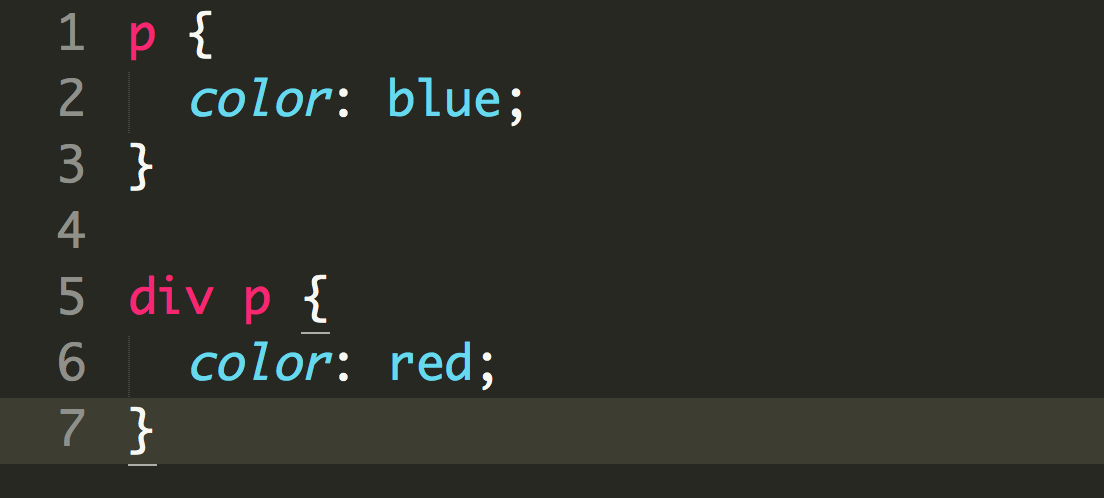
This paragraph is inside the div.
ids are more specific than classes, classes are more specific than just names:

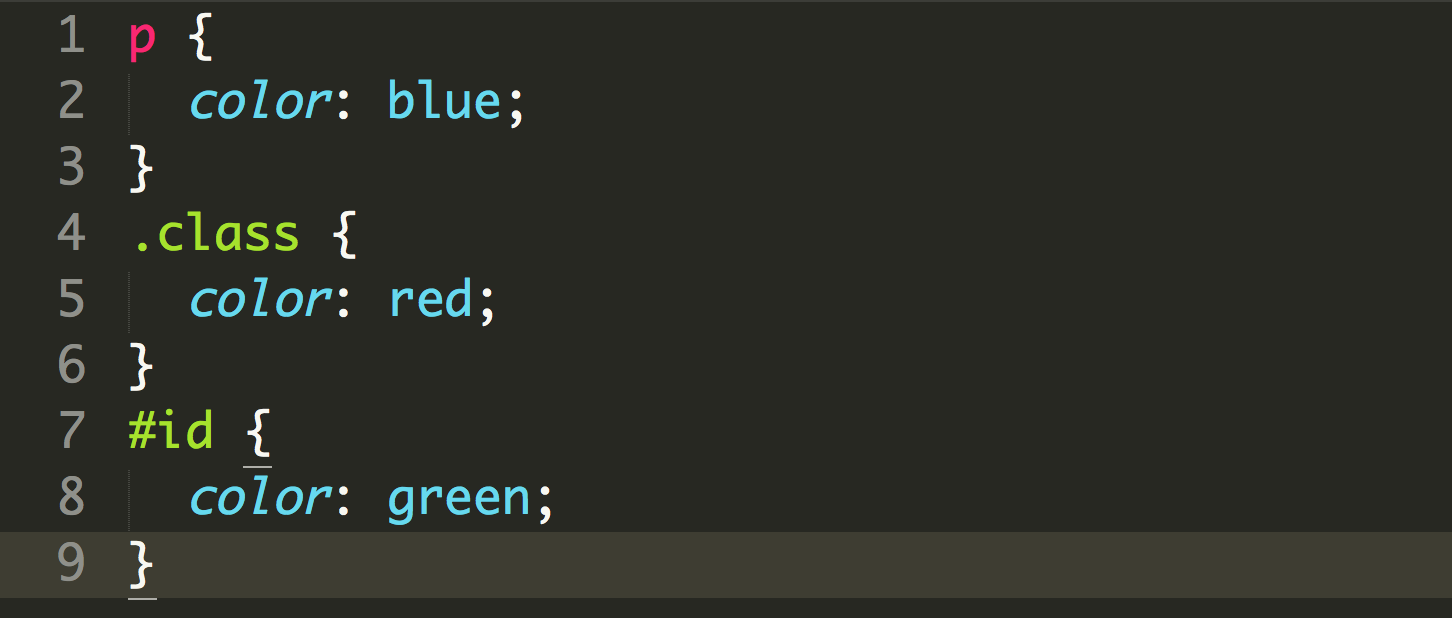
A paragraph with a class.
A paragraph with a class and id!
Common properties & values:
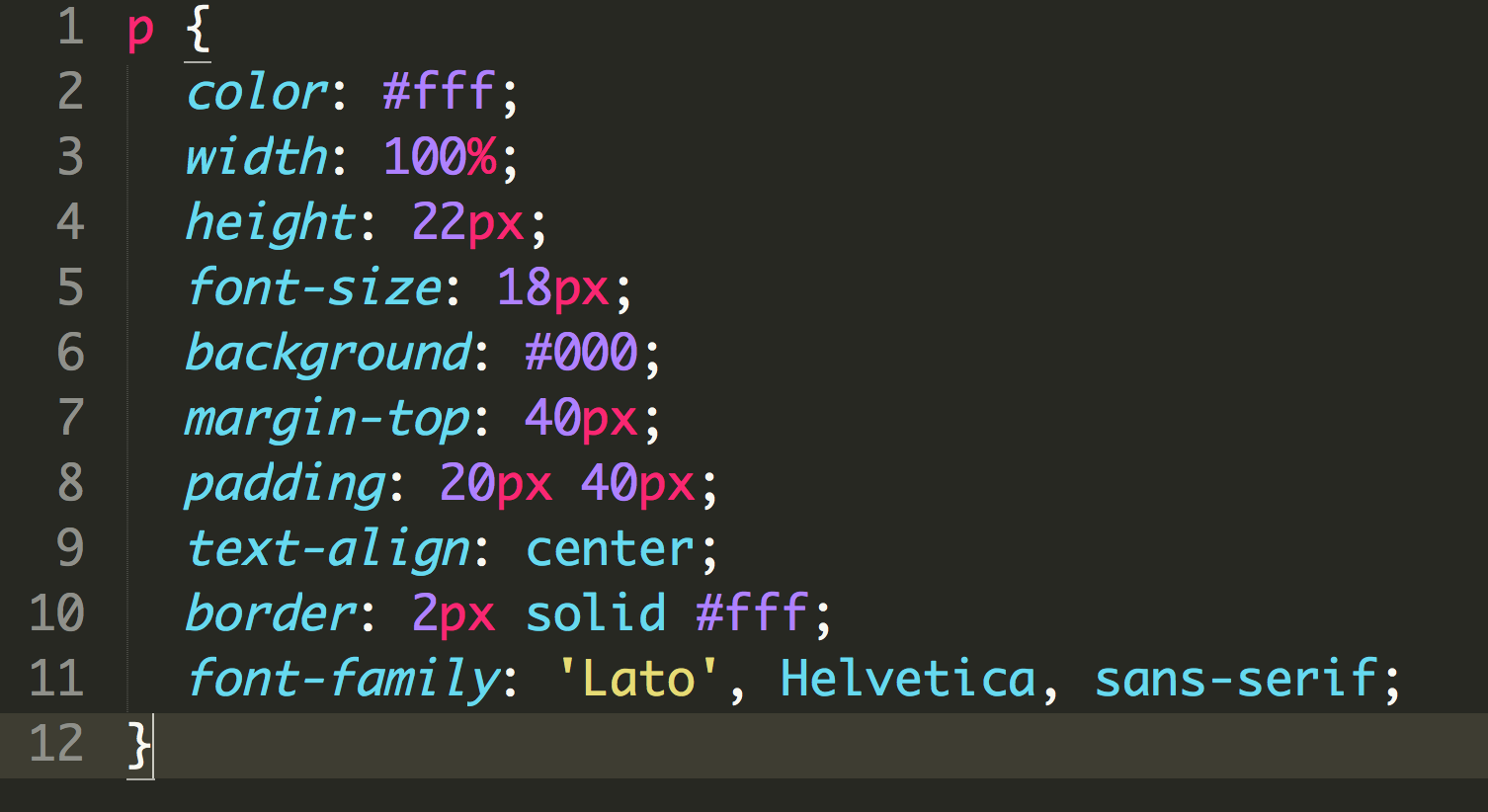
The Box Model 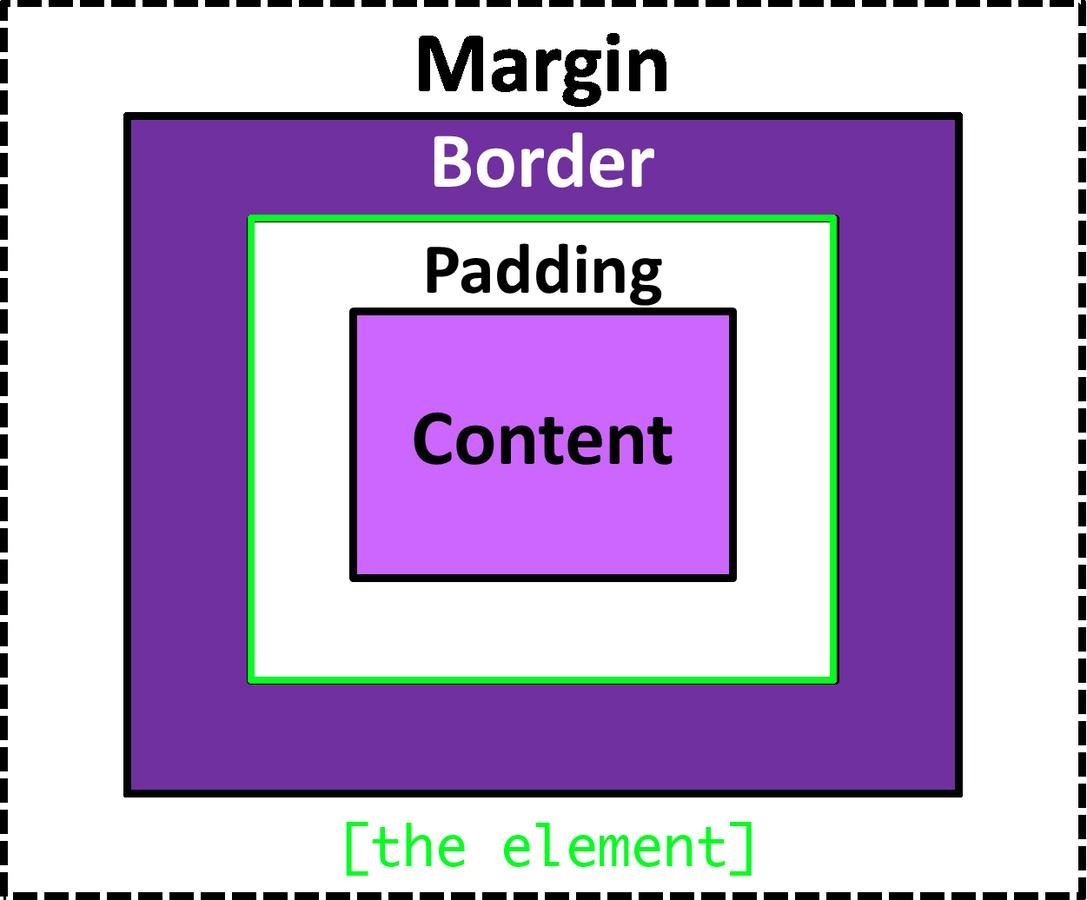
Let's build a website!
Our website:
http://codepen.io/matt-soria/live/yfvsF
Follow along:
http://codepen.io/matt-soria/professor/bgcwh
Our assets:
http://mattsoria.com/images/hurley.jpg
WE DID IT!
WE MADE A WEBSITE!
Now what?
- Continue to learn and practice
- Make more websites
-
Repeat
Check out:
http://mattsoria.com/lets-make-a-website
for more info and resources about what we learned tonight, as well as what comes next.
Thank you!
Let's Make a Website! An intro to HTML & CSS.
By matt-soria
Let's Make a Website! An intro to HTML & CSS.
A super-quick introduction to HTML, CSS, and how they work together to make a website. Also, we're gonna make a website!
- 3,195



